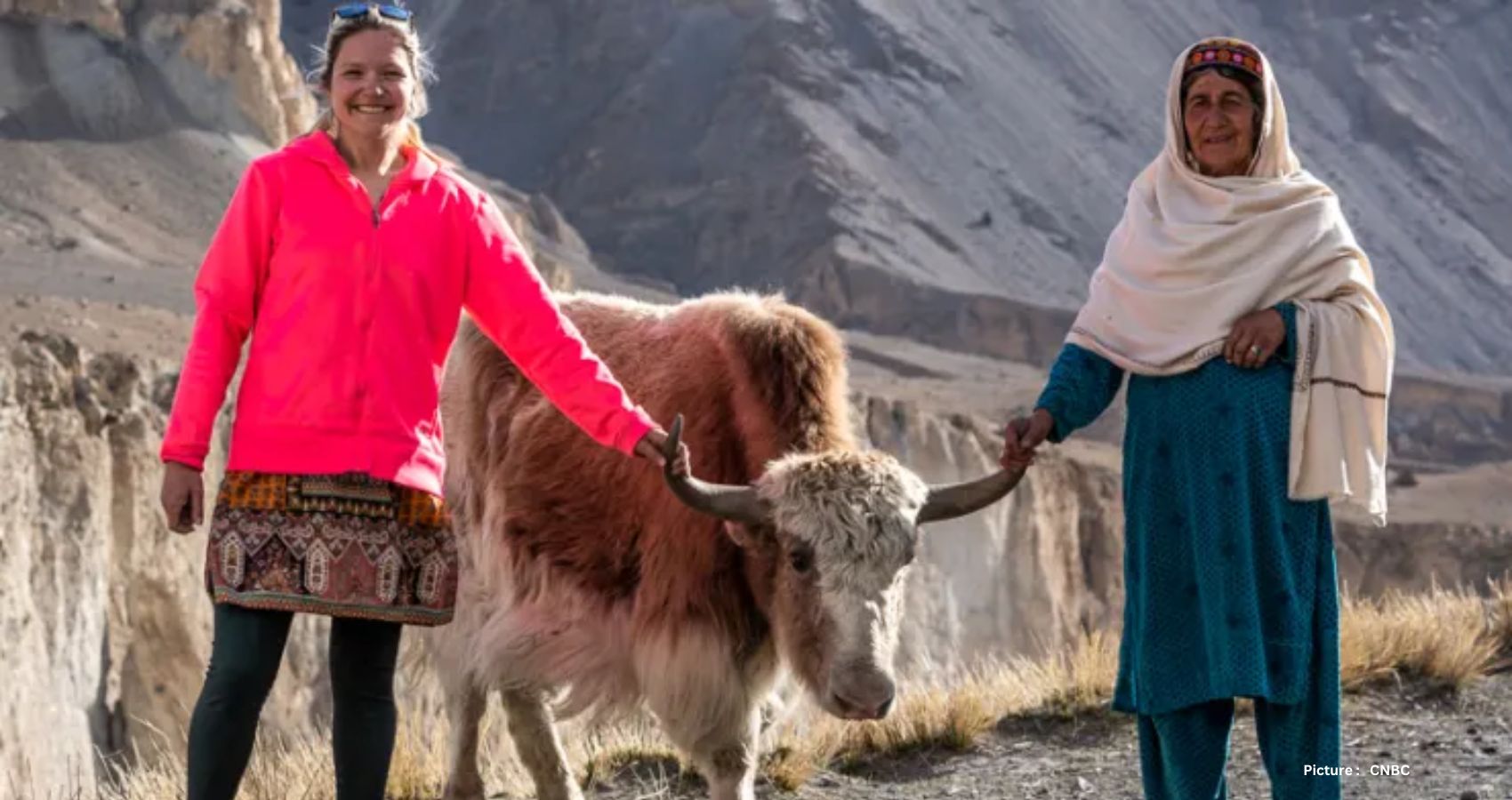A recent study published in the Journal of the American College of Cardiology suggests that women may need to exercise less than men to achieve similar longevity benefits. Dr. Martha Gulati, co-author of the study and director of preventive cardiology at Cedars-Sinai in Los Angeles, emphasizes the positive implications of this finding for women who may struggle to maintain regular exercise routines. She notes, “For me, the news to women is: a little goes a long way.”
The study revealed that while men who engaged in approximately 300 minutes of aerobic exercise per week experienced an 18% lower risk of mortality compared to inactive men, women needed only about 140 minutes of weekly exercise to achieve a comparable benefit. Interestingly, women who engaged in around 300 minutes of exercise per week had a 24% lower risk of death. However, the longevity benefits seemed to plateau beyond this threshold for both sexes.
Similarly, the analysis of muscle-strengthening exercise demonstrated a gender difference. A single weekly strength-training session was associated with equivalent longevity benefits for women as three weekly sessions for men. Gulati explains that women typically have less muscle mass than men, suggesting that they may derive greater benefits from smaller doses of strength training due to their initial lower muscle mass. Other physiological differences between the sexes, such as those related to the lungs and cardiopulmonary system, may also contribute to this divergence.
The study relied on data from over 400,000 U.S. adults who participated in the National Health Interview Survey from 1997 to 2017, correlating self-reported exercise habits with death records. While over 40,000 participants died during the study period, the observational nature of the study cannot establish causation. Nevertheless, the researchers attempted to mitigate confounding variables by excluding individuals with serious preexisting conditions or mobility limitations and those who died within the first two years of follow-up.
Limitations of the study include the reliance on self-reported exercise data, which may not always be accurate, and the exclusion of physical activity performed during work or household chores. Despite these constraints, Gulati emphasizes the need for further research to validate the findings. She stresses the importance of recognizing sex-based differences in both research and public health policy, challenging the longstanding practice of using men as the standard.
Current federal guidelines recommend at least 150 minutes of moderate aerobic exercise or 75 minutes of vigorous cardio per week, along with two muscle-strengthening sessions for all U.S. adults. However, data from 2020 indicate that a larger percentage of men meet these benchmarks compared to women. Gulati’s research suggests that women may still derive significant longevity benefits from exercise, even if they fall short of meeting these targets.
Nevertheless, Gulati maintains that the study’s findings should not discourage men, as emerging research indicates that both sexes benefit from even brief periods of physical activity. Encouraging individuals to reduce sedentary behavior and incorporate more movement into their daily routines remains paramount. She concludes, “Our pitch should be the same to men and women: something is better than nothing. Sit less and move more.”



